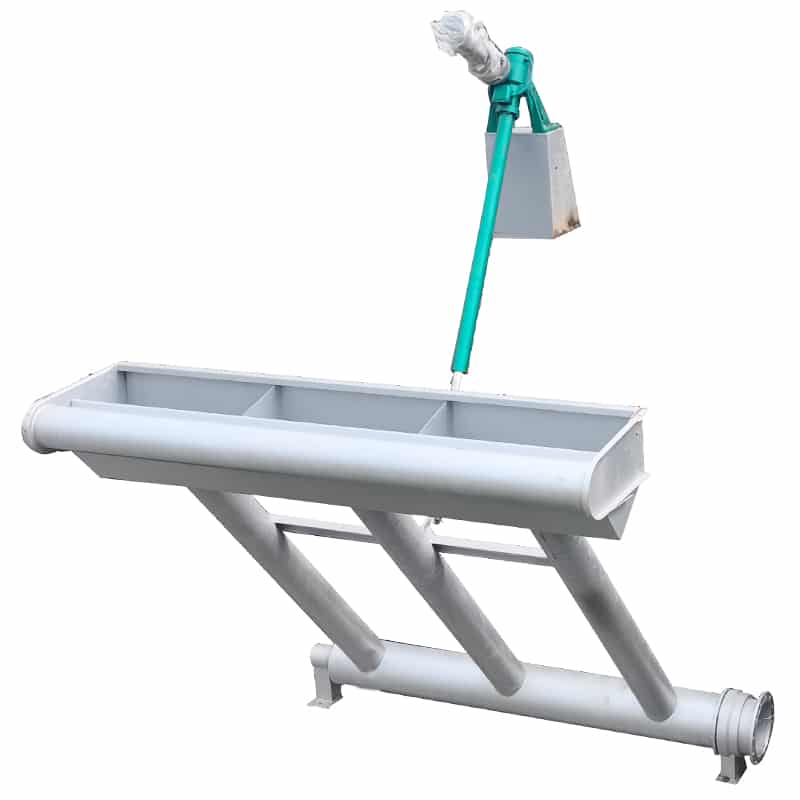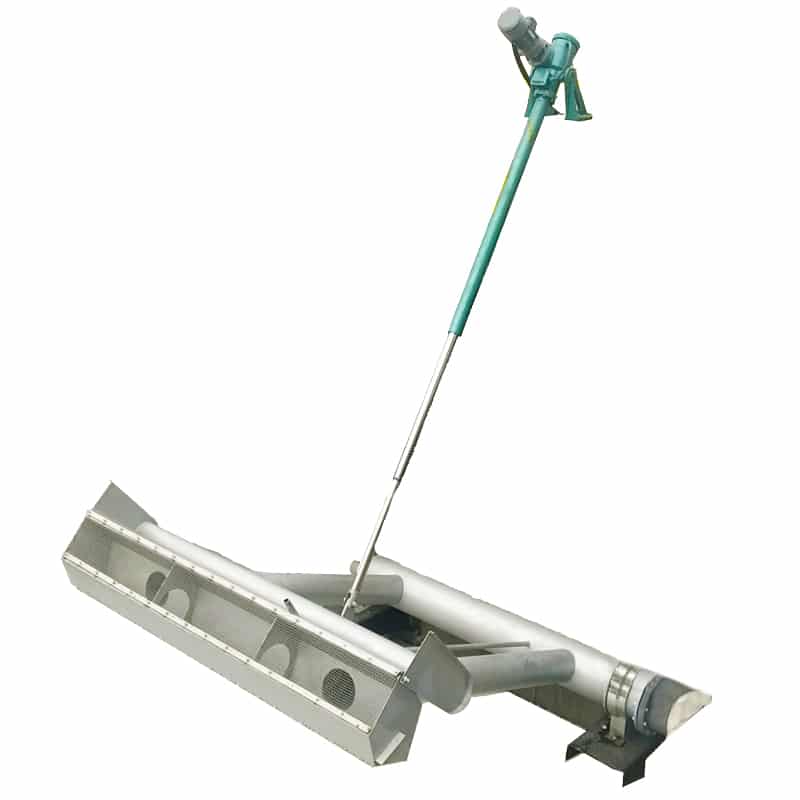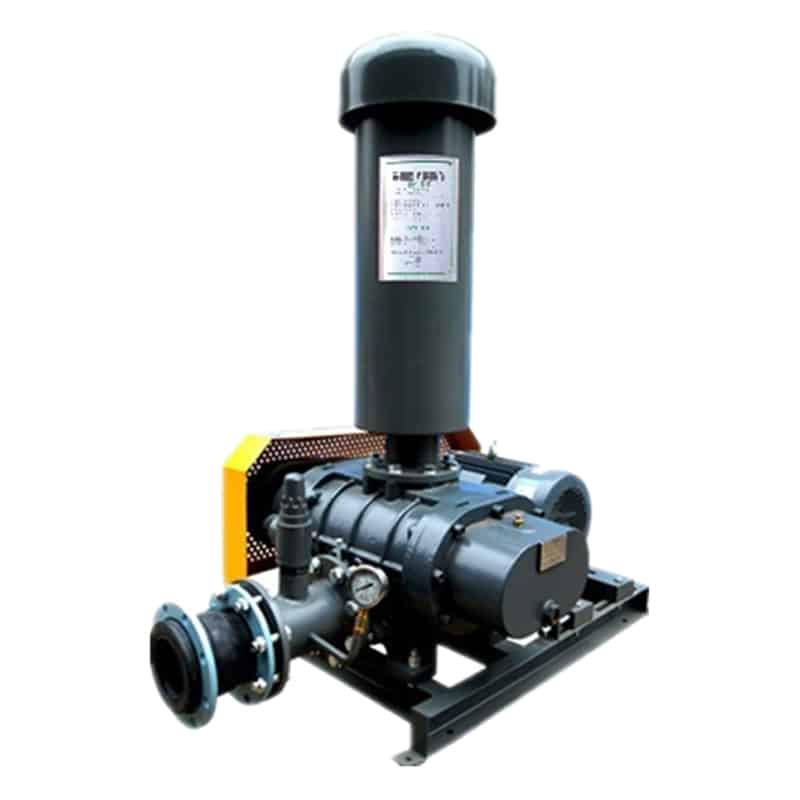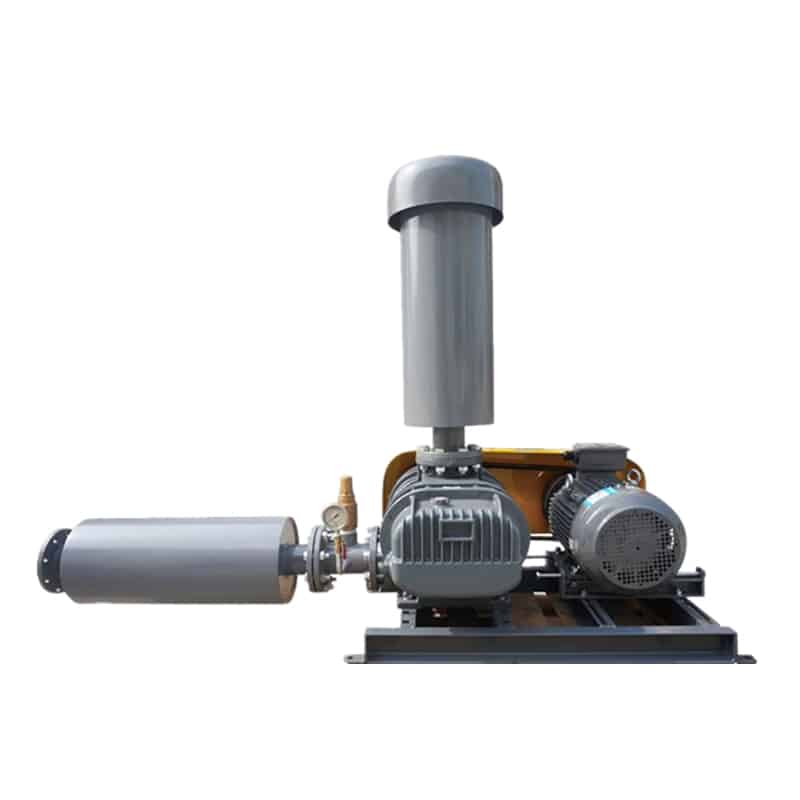SBR (Sequencing Batch Reactor) is a modern wastewater treatment system that has become a popular choice for municipal and industrial wastewater treatment due to its efficiency, flexibility and small footprint. Today we will learn how SBR wastewater treatment technology works, its advantages and challenges, and discuss its wide range of applications in the environmental field.
What is SBR Wastewater Treatment?
SBR is an intermittent activated sludge system that purifies wastewater through a series of batch processing steps, unlike traditional continuous flow wastewater treatment systems. This system accomplishes the processes of influent, aeration, settling, and effluent in a single reaction tank, where wastewater purification is achieved through time control rather than spatial separation. This design allows the SBR to handle multiple wastewater purification processes in the same tank, resulting in a smaller footprint, flexible operation, and suitability for treating wastewater with discontinuous or low flow rates.


Workflow of SBR Wastewater Treatment
Fill
In this stage, wastewater is pumped into the reactor until the reactor reaches a predetermined capacity. The filling process can be done in different ways such as static filling, mixed filling or aeration filling. In static filling, the wastewater is injected directly without mixing; in mixed filling, the injection is accompanied by slight agitation; and in aeration filling, the wastewater is injected with aeration to promote the initial reaction of the organic matter.


React
Once the filling is complete, the reactor enters the reaction phase. During this phase, the mixture in the reactor is aerated and the microorganisms begin to metabolize using the organic matter in the wastewater. This phase typically lasts several hours, depending on the nature of the wastewater and treatment requirements. During this process, the aeration intensity may be adjusted as needed to optimize wastewater treatment.
Settle
At the end of the reaction phase, aeration is stopped and the settling phase is entered. At this point, the sludge begins to settle, forming clear liquid and settled sludge. Sedimentation is usually carried out under static conditions to ensure that the sludge settles efficiently and the clear liquid is separated.
Draw
Once settling is complete, the clear effluent is discharged from the reactor via a dedicated drainage device (e.g., floating or fixed drain). The goal of this stage is to extract the clear effluent while avoiding as much as possible the extraction of settled sludge.
Idle
After draining, the reactor enters an idle phase. This phase can be used for sludge return or disposal in preparation for the next treatment cycle. The length of the idle time can be adjusted depending on the wastewater flow and treatment needs.
Operation Control
The operation of an SBR tank is usually managed by an automated control system that includes control of the timing and sequence of the steps of filling, reaction, settling and draining. This control system allows the timing of each stage to be adjusted in real time according to the actual situation to ensure optimal treatment.
SBR vs. Standard Activated Sludge System
| Feature | SBR (Sequencing Batch Reactor) | CAS (Conventional Activated Sludge System) |
| Operating Mode | Batch (intermittent processing) | Continuous (flow processing) |
| Number of Reaction Tanks | Typically one tank completing multiple processes | Multiple tanks (reaction, settling, etc.) |
| Processing Steps | Fill, React, Settle, Draw, Idle | Aeration, Settling, Return |
| Footprint | Smaller footprint, as multiple processes occur in one tank | Larger footprint, requiring multiple tanks |
| Operational Flexibility | High, can adjust timing based on wastewater characteristics | Lower flexibility, dependent on continuous flow and water quality |
| Sludge Management | Requires periodic sludge wasting at the end of each cycle | Managed through return activated sludge and wasting some sludge |
| Adaptability to Flow Variations | Strong, suitable for low or unstable flow wastewater | Poor, flow fluctuations can impact system stability |
| Control Complexity | More complex automation, requiring monitoring and adjustment of multiple parameters | Relatively simple control, mainly managing flow and aeration |
| Treatment Efficiency | Generally high, capable of achieving good removal rates | Treatment efficiency depends on design and operational management |
SBR for Industrial Wastewater Treatment
- Food and Beverage Industry
SBR is widely used for wastewater treatment in the food and beverage industry, especially for wastewater generated during the production of sugar, beer and dairy products. These wastewaters usually contain high organic loads and SBR is effective in removing Biochemical Oxygen Demand (BOD), Total Suspended Solids (TSS) and nutrients such as nitrogen and phosphorus.
- Pharmaceutical Industry
In the pharmaceutical industry, SBRs are used to treat wastewater generated during the production of pharmaceuticals. Pharmaceutical production often involves a wide range of chemicals and organic solvents, and SBR systems can be designed to remove specific pollutants and meet stringent discharge standards.
- Chemical Industry
Chemical manufacturing processes produce a wide range of hazardous wastewaters. SBR systems can treat these wastewaters by optimizing the reaction and settling process to achieve effective removal of organic and toxic substances.
- Textile and Dye Industry
SBR is also used in the textile and dyestuff industries, especially when treating wastewater containing dyes and chemical auxiliaries. SBR is able to improve effluent quality by adjusting the reaction conditions for effective removal of dyestuffs and coloration.
- Metallurgy and Mining
In the metallurgical and mining industries, SBR can be used to treat wastewater generated from metal smelting, ore extraction and other processes. These wastewaters often contain heavy metals and organic pollutants, which can be effectively removed by SBR through sedimentation and sludge return techniques.
- Wastewater Reuse
SBR system can be used in combination with membrane separation technology, etc. The treated water can meet the reuse standard and be reused for production or irrigation, etc., to enhance the efficiency of water resources utilization.
- Farming
In the aquaculture industry, SBR systems can be used to treat aquaculture wastewater to remove nutrients such as ammonia, nitrogen, and phosphorus, reducing the risk of eutrophication of the water body.
Reagents used in SBR Wastewater Treatment
Chemical Oxidizers
- Chlorine: Used to disinfect and remove pathogens from wastewater to ensure that effluent quality meets sanitary standards.
- Hydrogen peroxide: can be used as an oxidizing agent to help remove organic matter and certain pollutants.
Coagulants and Flocculants
- Polymeric Aluminum Chloride (PAC): Used to coagulate suspended solids, improve the sedimentation process, and help form larger sediment particles.
- Polyacrylamide (PAM): used as a flocculant to enhance the settling of solids and improve solid-liquid separation efficiency.
pH Adjusters
- Sulfuric Acid or Sodium Hydroxide: Used to regulate the pH of wastewater to maintain it in a range suitable for microbial growth and metabolism.
- Calcium hydroxide: used to raise the pH of wastewater, especially when treating acidic wastewater.
Nutrient Additives
- Nitrogen sources (e.g. urea, ammonium nitrate): added in case of nutrient deficiency to promote microbial growth and nitrogen removal.
- Phosphorus sources (e.g. phosphates): used to support microbial growth and ensure that sufficient nutrients are available to the microorganisms during nitrogen and phosphorus removal.
Carbon Sources
- Glucose or alcohol compounds: used as an additional carbon source to promote microbial activity in the nitrogen removal reaction when treating high nitrogen wastewater.
Nitrogen Removal Agents
- Denitrification reagents: such as specific chemicals that help improve nitrogen removal efficiency and facilitate the denitrification process.
Other Auxiliaries
- Antifoams: Used to minimize foam generated during the reaction process and maintain system stability.
- Antimicrobials: Used to inhibit the growth of unfavorable microorganisms in some cases and to ensure the activity of beneficial bacteria.
Challenges and Limitations of SBR
Despite the significant advantages of SBR, there are some challenges:
- Technical complexity: SBR systems rely on automated controls, including time-controlled valves, aeration equipment, etc., and may require a higher level of maintenance.
- Unsuitable for large flows: SBR is suitable for small and medium-sized wastewater treatment, and continuous flow systems may be more efficient for large municipal treatment plants.
- Higher operator requirements: Due to the high level of automation in the system, operators require specialized training to ensure smooth operation of the system.
Summary
SBR, as an efficient, compact and operationally flexible wastewater treatment technology, plays an important role in municipal and industrial wastewater treatment. With the development of technology, SBR will further optimize its automation control and energy efficiency, providing strong support to cope with increasingly stringent environmental requirements. SBR will undoubtedly become a key technology for a green and sustainable future.
KUOSI offers a wide range of large-scale wastewater treatment plants: sludge dewatering plants, sludge dryers, wastewater screens, sludge conveyors, dosing systems, aeration blowers, disinfection systems, compactors, scrapers and more. Please contact us for further information.
